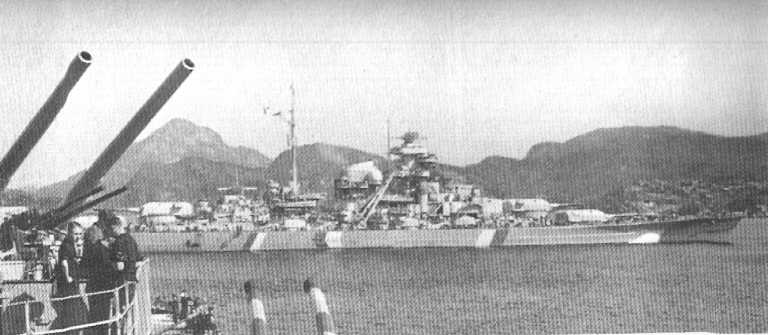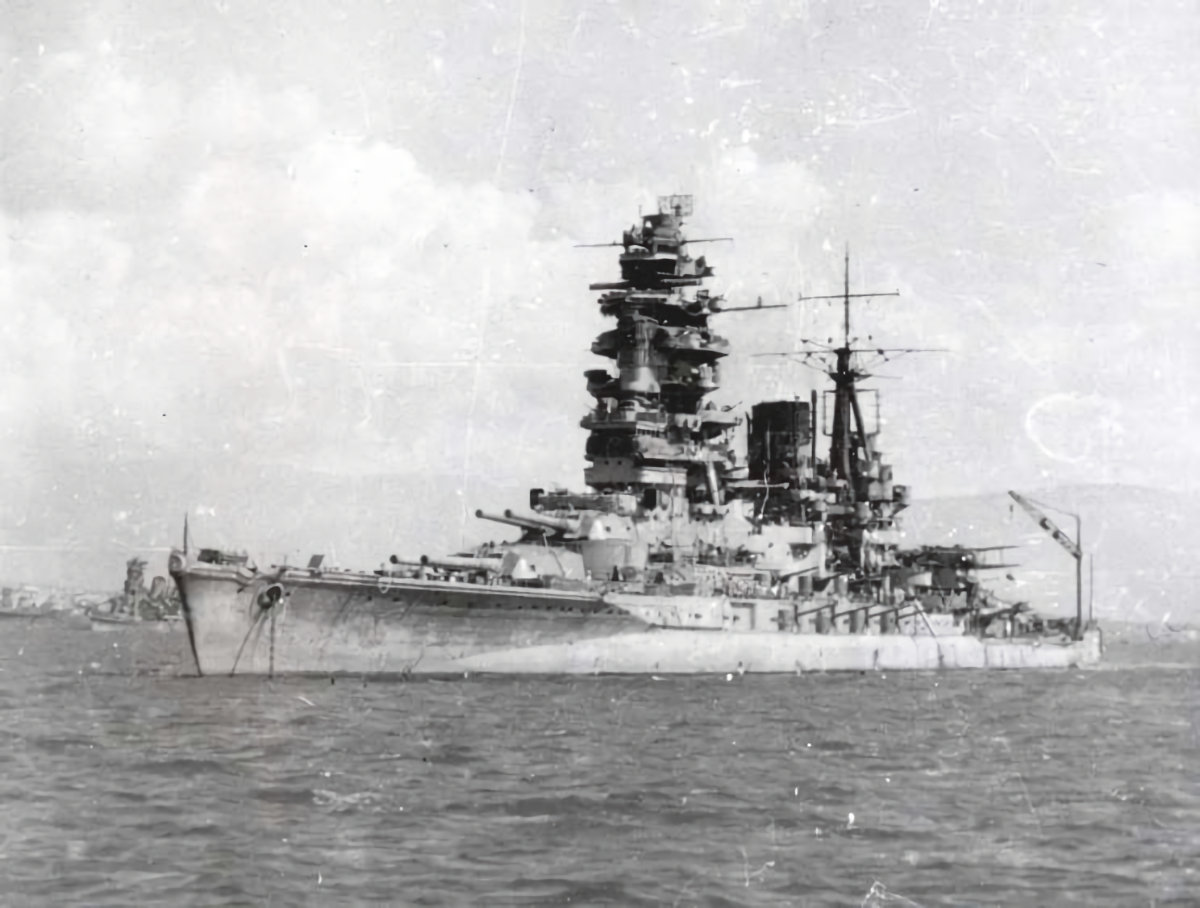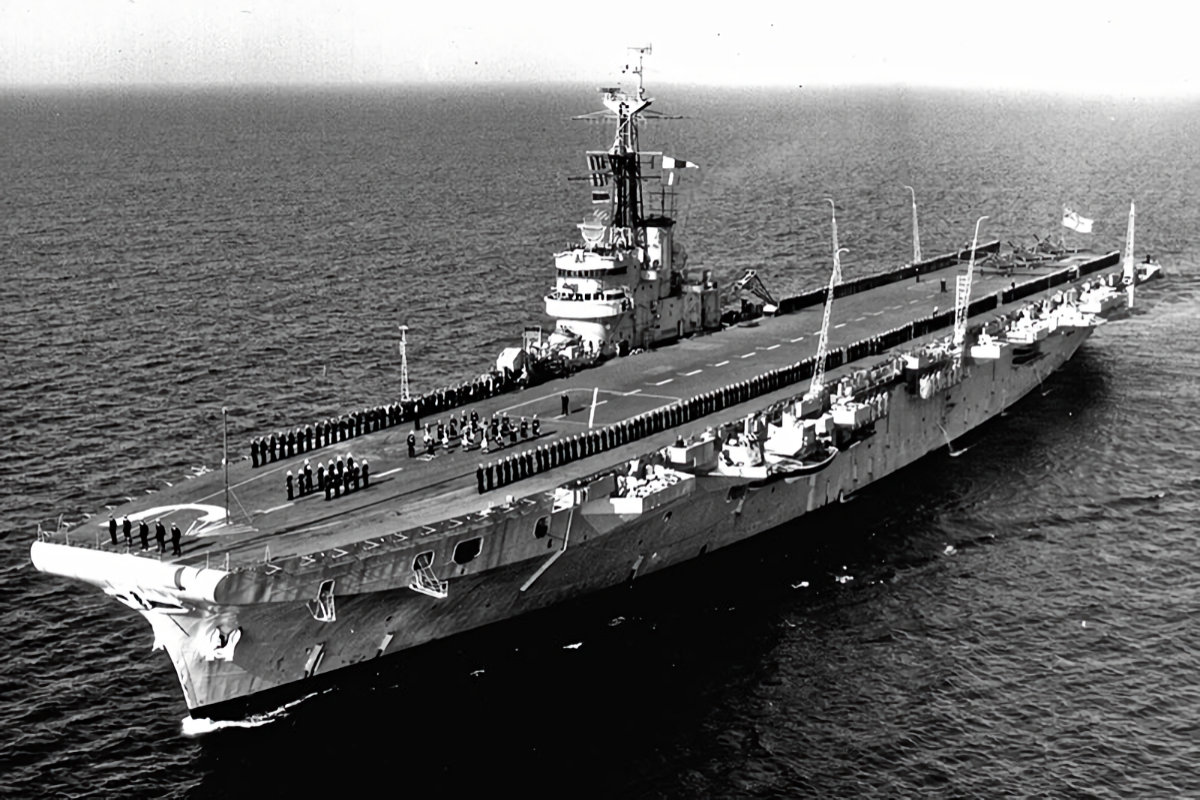Tag: naval
-
German Battleship Bismarck

German Battleship Bismarck Bismarck was the first of two Bismarck-class battleships built for Nazi Germany’s Kriegsmarine. Named after Chancellor Otto von Bismarck, the ship was laid down at the Blohm & Voss shipyard in Hamburg in July 1936 and launched in February 1939. Work was completed in August 1940, when she was commissioned into the… Read more
-
Japanese Battleship Nagato

Japanese Battleship Nagato Commissioned into the Imperial Japanese Navy on 25 November 1920, Nagato was the lead ship of her class of battleships. Her sister Mutsu was commissioned a year later. Nagato was modernised from 1934-36, with increased armour, updated machinery and the rebuilding of her superstructure into a pagoda mast. During World War Two,… Read more
-
British Aircraft Carrier HMS Warrior

British Aircraft Carrier HMS Warrior (R31) When completed on 2 April 1945, the Colossus-class aircraft carrier HMS Warrior was lent to the Royal Canadian Navy as HMCS Warrior. She remained in Canadian hands from 14 March 1946 until 23 March 1948. Upon returning to British service, HMS Warrior was refitted at Devonport, where she was… Read more